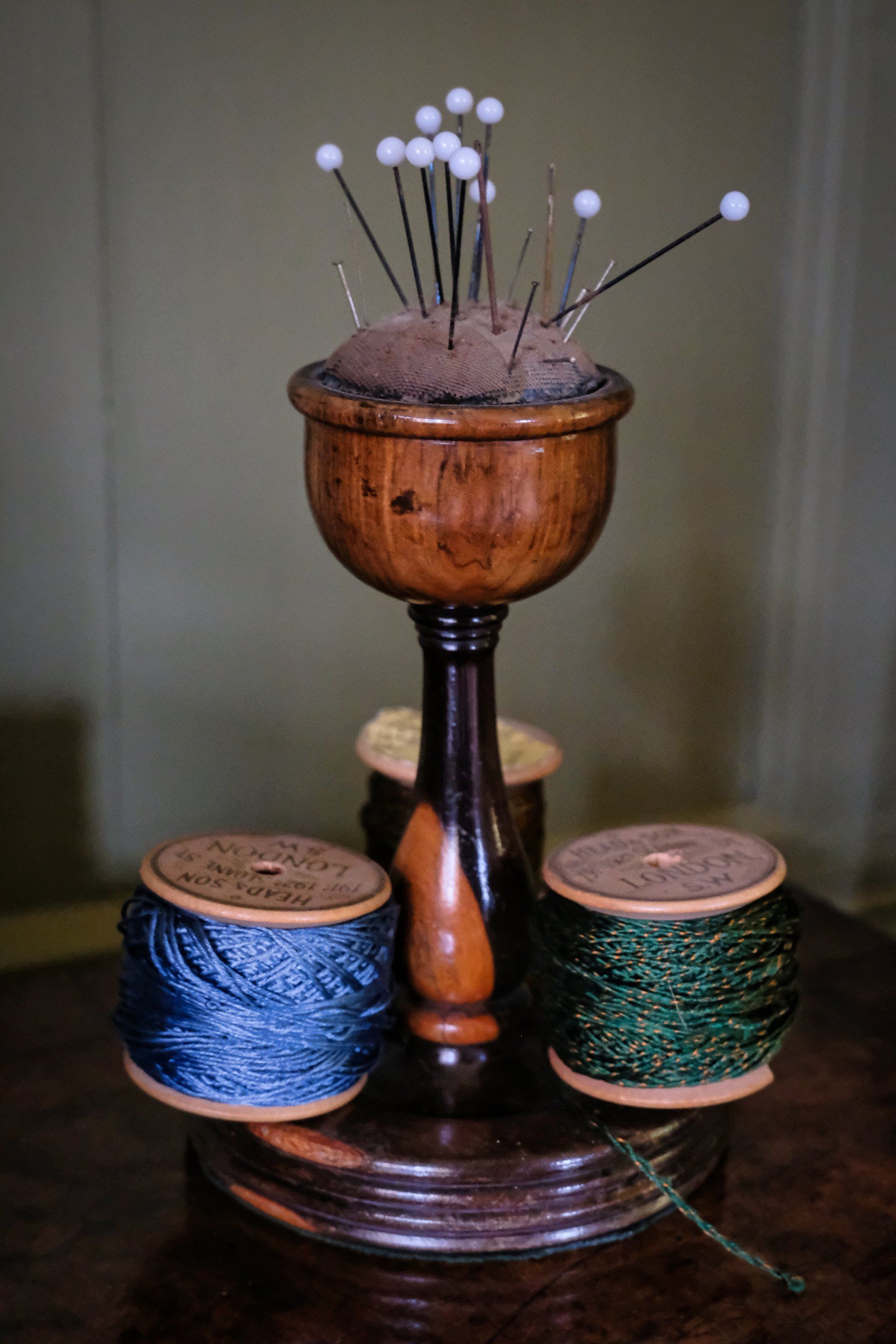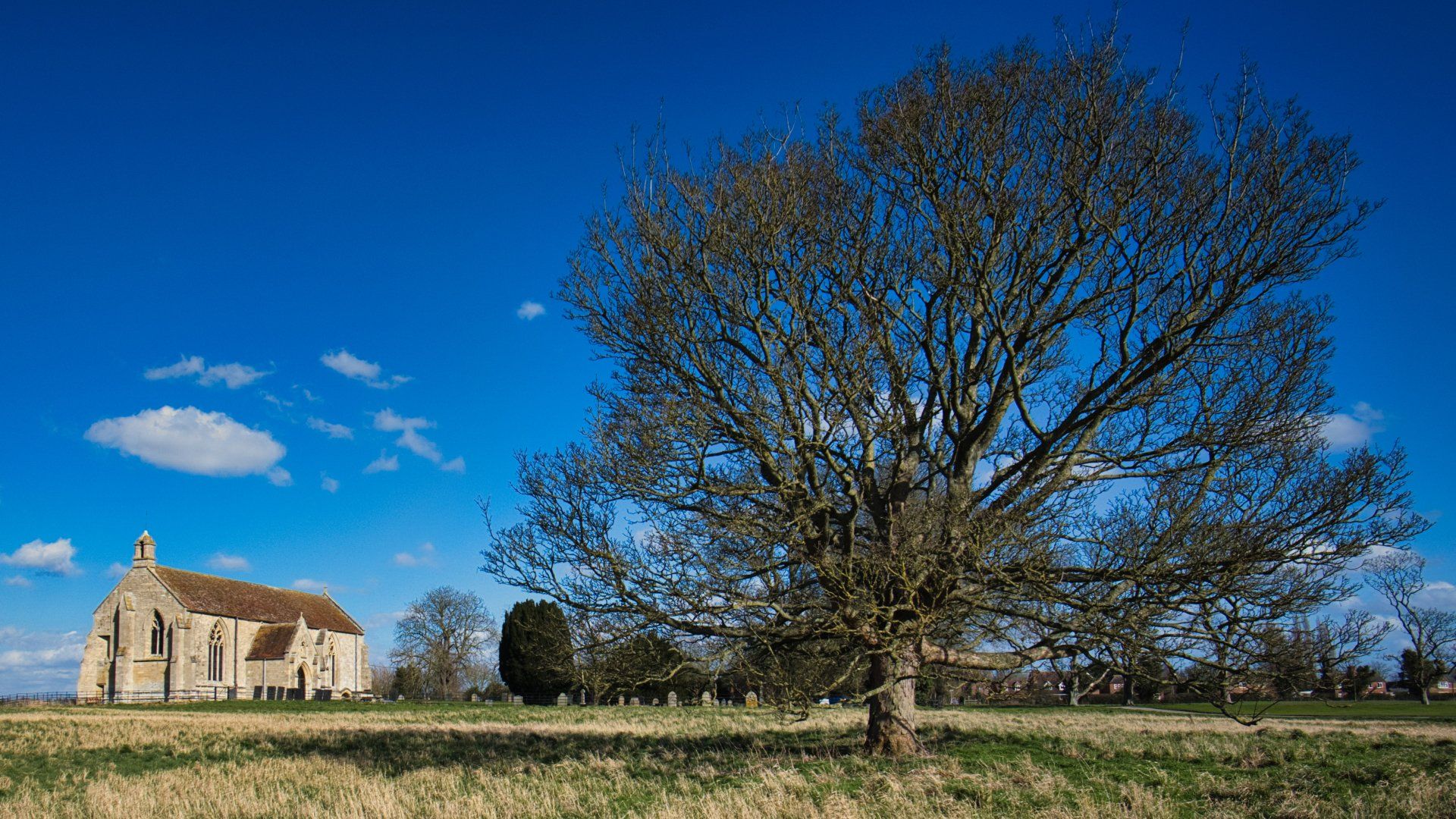Back to Basics
Derek Smith • 19 March 2022
Within our Society we have photographers of all abilities, and whether you are a beginner, or an experienced photographer it’s sometimes good to review our photography skills.
Compositional Techniques – A photo should always tell a story, a narrative that conveys the subject, or point of interest of the image immediately to the viewer, so remember that lines pointing toward the subject can guide the eye. Having the subject brighter than the surrounding area is also a good technique, a shaft of light on a building can often be utilised when a break in the clouds allows. Very bright grey featureless skies can be the bane of landscape photography, try tilting the camera down to reduce the amount of sky in the final image, or try photographing the scene at a different time of day. The positioning of a subject within the photo frame is also important, if the subject can move, give it room to move into the frame, if the subject has eyes have the direction of gaze looking into the frame, or look at a point of interest within the frame, in portraiture perhaps the subject could look directly at the photographer. Decide from the outset what to include in the photo, or even more importantly what to leave out.
Focus Points – With modern digital cameras a photographer should be able to control the size, and positioning of the focus point. Leaving the focus on automatic, and wide runs the risk of the camera focus locking onto something other than your subject, or a point of interest, usually it’s the nearest thing to the camera, a blade of grass, or a tree!! Learn how to control the size, and position of the focus point on your camera thus ensuring the subject of the image is sharp.
Get Out of Auto – We use the auto exposure mode regularly on our mobile phones, and sometimes on our cameras, and there’s nothing fundamentally wrong with taking photos on Auto mode however, a photographer can be far more creative, and produce a more impactful image by selecting Aperture Priority on the camera.
Aperture Priority Explained – The aperture of a lens, the size of the iris, the hole that lets the light into the camera via the lens, is controlled by the aperture blades. Using Aperture Priority mode allows the photographer to control, and vary the aperture, to adjust for the scene, and the ambient light. The size of aperture is denoted by what’s known as an “f” number, with the lowest “f” number opening the widest, and therefore letting the most light into the camera. In Aperture Priority mode as the aperture is varied, the camera automatically adjusts the shutter speed to give the correct exposure. Learning the effects of the different apertures can be slightly daunting for someone new to photography, so as we now know that in Aperture Priority mode adjusting the aperture also adjusts the shutter speed I would like you to think of the aperture settings, in bands, related to the shutter speed.
Fast: f/1.0 – f/3.5, sometimes referred to as “wide open”, allows the most light into the camera, and therefore gives the highest shutter speeds. Useful for indoor low light situations, and portraits.
Medium: f/4 – f/7.1, allows less light into the camera, useful for photography of birds, small mammals, and portraits.
Slow: f/8 – f/16, often referred to as “stopped down”, this is an ideal setting for landscape, architecture, and portraits.
It is also useful to remember that most lenses produce the sharpest images between f/4 – f/8.
Practical Application – Learn how to locate, and be able to adjust the aperture, on your camera. Setting the Mode Dial to “A” or “Av” puts the camera into Aperture Priority mode, and usually a control wheel on the camera adjusts the aperture range. One other control to consider is ISO, which controls the sensitivity of the sensor. Locate, and be able to adjust the ISO on your particular model of camera, you may have to press a button on the back of the camera, to enable adjustment of the ISO.
Exercise – Having located the Aperture, and ISO controls on the camera, try this practical exercise; set the aperture to the “Fastest” aperture for your camera / lens combination, it may be f/2, or f/3.5. Set the ISO to 200, half press the shutter button and note the shutter speed, either in the viewfinder, or on the rear screen. Now, double the ISO to 400, and the shutter speed will double as well, repeat the experiment, at ISO settings of 800, 1600, and 3200, and observe the shutter speed double each time. You now have total control of your camera!!
It is useful to understand that a shutter speed of 1/60, and above, should enable a blur free handheld image of a static subject, (although image stabilisation, a tripod, or a convenient fence may help to steady the camera when using a slower shutter speed), and that a faster shutter speed of 1/250 will freeze action in a moving subject.
Sample Images
Wine glasses: This monochrome image taken at a “Fast” aperture of f/2, ISO 200, and shutter speed of 1/200 demonstrates a creative aspect of a “Fast” aperture, the foremost wine glass is sharp, but the wine glasses behind are blurred, and this type of image is not possible in Automatic Mode.
Victorian Sewing Kit: This image taken in a National Trust property which do not allow flash photography. Using a “Medium” aperture this time of f/4.5, ISO 6400, and shutter speed of 1/8, (utilising the camera stabilisation), I found the colours very pleasing.
Ninja: This image of a speeding motorcycle was taken at Cadwell circuit, the “Medium” aperture of f/5, ISO 64, and a shutter speed of 1/250. The camera settings coupled with a technique known as “panning”, which is locking the focus onto the motorcyclist and following the bike through its progress as it passes the photographer. The blurred background, together with the blurred wheels create a dynamic image of speed on the circuit.
South Kyme: Finally a landscape image, the deep blue spring sky, the chapel on the left balanced by the tree on the right. The “Slow” aperture of f/8, ISO 160, with a shutter speed of 1/850, I possibly could have stopped the aperture down to f/10, but generally pleased with the result, and the deep colours.
I hope that this post has inspired you, demystifies some photographic techniques, and helps you to enjoy photography.
Louth Photographic Society
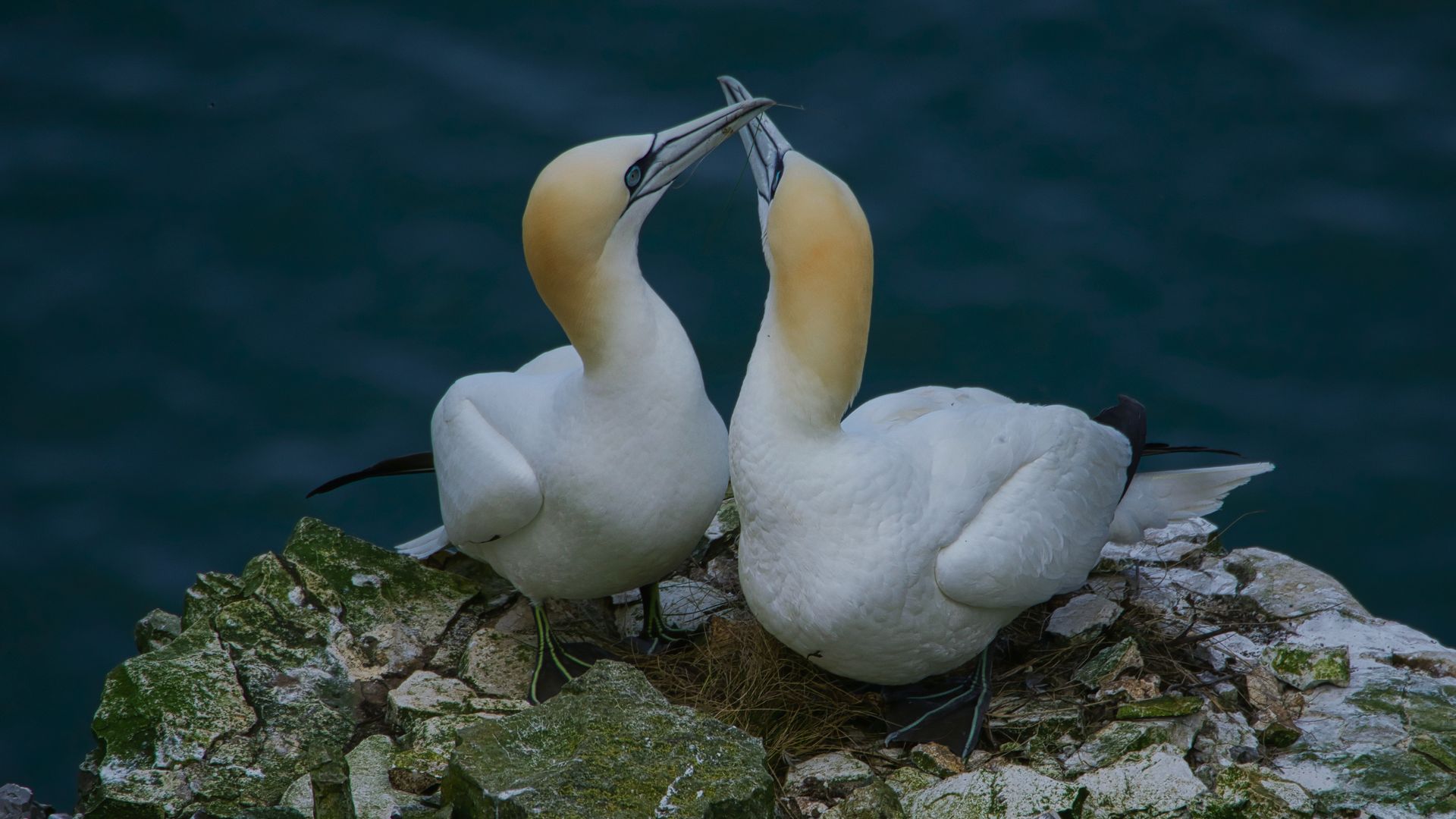
I hope that everyone has had a very good, and healthy Christmas. For our Programme for the New Year, I shall be running a photo editing workshop on 4th February, I will provide each participating member with an SD card containing example images for us to work together in editing. I shall be using three photo editing apps, which are all free to download and use, the first of which is: FastStone – This is the software that our Society uses for displaying images during our PDI competitions. The software is excellent for reviewing a file of .jpg images, basic edits, and resizing of images. The software is unable to develop RAW images, but does show a thumbnail preview which can be useful for culling a set of RAW images. Microsoft Windows only. Canva Affinity – This is excellent for developing a single RAW image, processing Focus Stacking, and Bracketed Exposure images. The software also can be used for layering, and compositing of images. I will be demonstrating the Focus Stacking, Bracketed Exposures, layering and compositing of images. You will need a Canva account to download this free software which runs on Windows, and Apple Mac. RawTherapee – This is an extremely complex photo editor, but I firmly believe that the software can rival anything that Adobe produces without the bloat, and cost. However the software has a steep learning curve, especially with the masking tools. One of the best features for me is the preview ribbon of a set of images at the top of the screen, I also like the tabbed editing tools, it is also possible to batch process basic edits onto a RAW file using a RawTherapee pp3 file. RawTherapee can be downloaded to Windows, Mac, and Linux. To gain the best from the workshop I would ask members to download all three software apps to their laptops. In addition there are YouTube tutorials on the use of RawTherapee, which I would encourage you to watch, and that way we can work together to understand how to produce the best results from the software. Wishing all our members a very happy, and prosperous New Year.
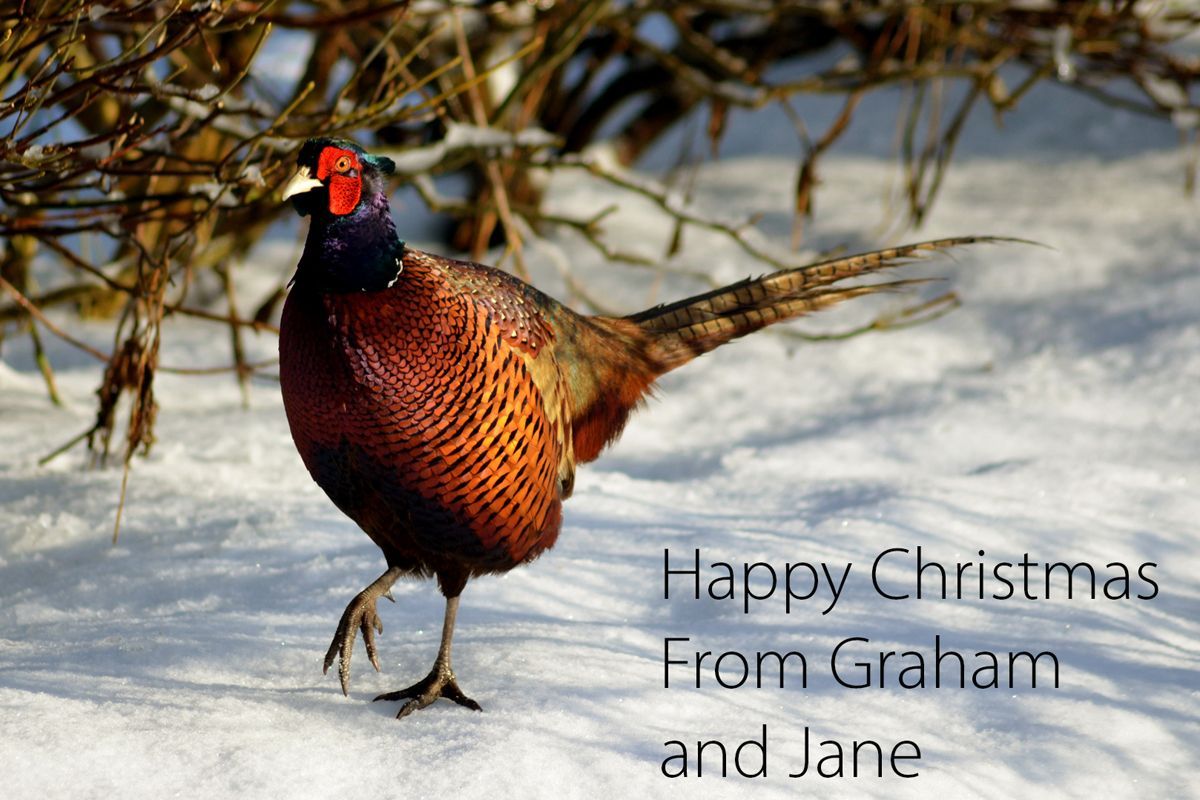
Good Morning, All, We had a very good last meeting before Christmas, thank you to my partner Jane for her hard work preparing the buffet, also thank you to Tony for preparing the quiz, there were some very good questions with Robin and Heather coming out on top with a fantastic 48 points. Thank you to Harry as well for running the raffle and to everyone who donated a prize. We now start our Christmas break but if you get bored there are things that you could be doing. The first meeting back on 14th January will be a PDI competition, with the categories of "Insects" and "Open", you can start sending entries to Harry now, remember three insect entries and three open entries with an (R) after one entry which will be removed if there are too many entries, but you may use it some other time. Derek sent information regarding the individual LPA PDI competition, it would be good if a few members entered. They do like you to go along on the day of the competition as well if you enter or just go along anyway if you didn't. The Print Of The Year (POTY) competition is held in February, so it would be a good time to look through your prints and sort some out ready. For newer members it may seem a funny time of year but our camera club year runs from the beginning of May to the end of April, all rules are under competitions on our website but the main one is that your entry hasn't been in a print of the year competition before, there are six subjects plus best mono in competition, this can be from any of the subjects. The subjects are Landscape, Pictorial, Nature, Photojournalism / Street, Record and Portrait. Regards Graham
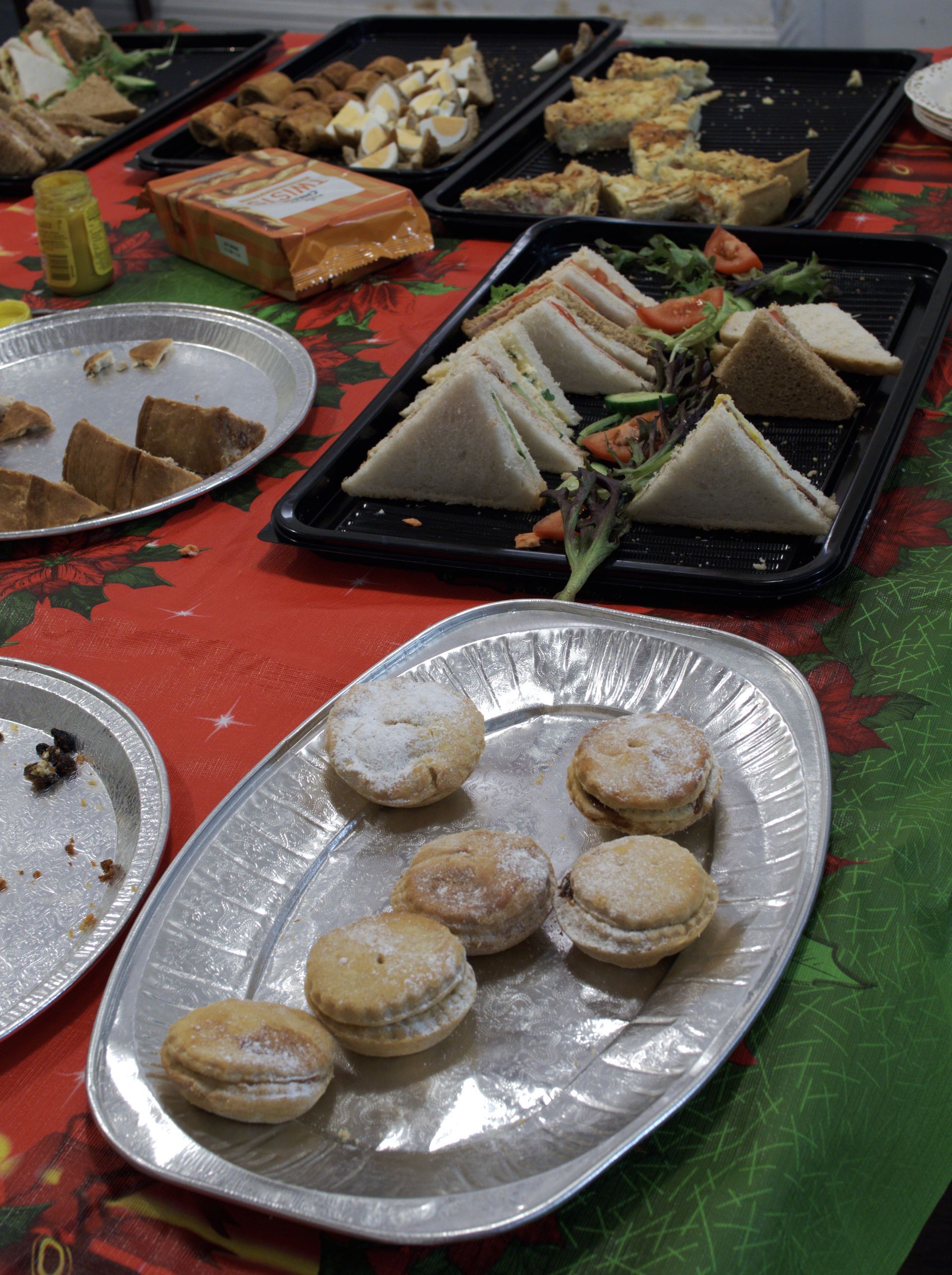
The buffet and quiz evening was one of the highlights of our calendar, it's the culmination of the year's events before the Society takes a Christmas break. The buffet was excellently prepared by Jane, who is Graham's partner, with plenty of delicious food, pork pies, sandwiches, plum bread, with cheese, quiche, mince pies, and cake. Tony Gaskins produced an esoteric quiz, and Robin and Heather scored the most points with 48 points, I scored a miserable 17 points, but we all had a lot of fun with the answers. The raffle raised £47, with some members collecting more prizes than others, amid lots of laughter and banter. Overall it was an excellent evening, enjoyed by all. A big thank you to Jane for the buffet, Tony for the quiz, and Harry for organising the raffle. Wishing all our members, and readers a merry Christmas.
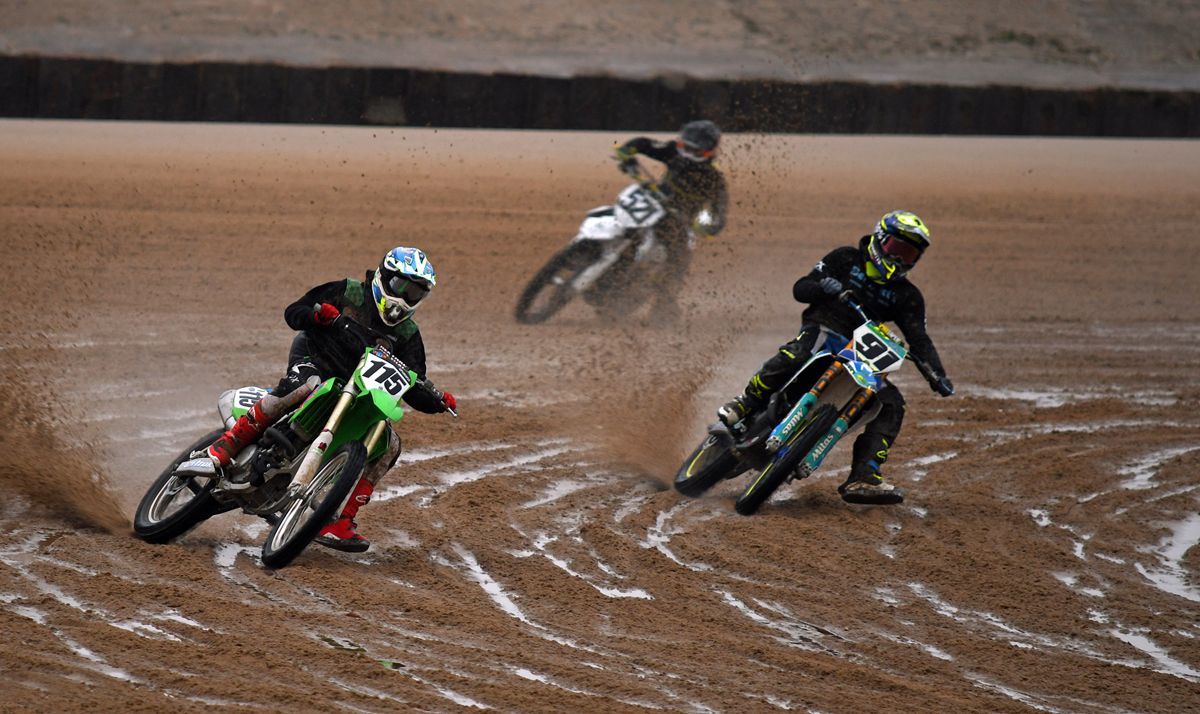
Good Morning, All We did go to the sand racing again last week, the weather was a bit overcast but as no sky is required for this kind of photography, so good action shots are still possible. Last week at the club we held our monthly competition, of prints, with the categories of "People" and "Open". There was a very good entry with some excellent prints. David Whitehouse came first in the People section with Dave Turner winning the Open section. All the results are on our website under competitions with a blog on the evening as well. This week our Christmas buffet and quiz night will be held. The buffet will be provided for you but feel free to bring a drink along with you (a beer or glass of wine if you wish). Dave Mann will also be providing tea and coffee. Tony is doing a quiz for us all so bring a pen and paper if you remember, Christmas jumpers are optional. Harry will be selling raffle tickets, and if you would like to provide a prize please bring it along and give it to Harry. Regards Graham

A print competition was held last night with the categories of “People”, and “Open”. The judge for the evening was Dane Butler, this was his second time judging with us, and he is showing much more confidence in judging at photographic clubs. In the “People” category there was a wide variety of inventive images of people, from solo portrait style, to street, and groups of people, the highest placed print in this category was the “Pride Celebration (Cologne)” taken by David Whitehouse. In the “Open” category Dane had to judge wildlife, portraits, landscape, macro, and architectural prints, I thought he did a superb job, his choice for the top spot was “Cloud Inversion Summit of Snowdon” by Dave Turner. The website Competition page has been updated with the images, and results.

Good Morning All Last week at the club we viewed the Lincolnshire photographic Associations mono group presentation, Dave Turner who goes to the group talked us through the evening with Chris Birchmore and Richard Hildred talking about their photographs. There is a blog on the evening on our website, but inspired by the evening I thought I had better try a few mono photographs myself. This week, Wednesday 10th December, we will hold our monthly print competition, with the categories of "People" and "Open", to be judged by Dane Butler from Dunholme. There are good number of entries so should be a very good competition. The following week, Wednesday 17th December, is our buffet and quiz night, for new members the buffet will be supplied and anyone who would like to donate a raffle prize please give it to Harry. The evening is for members only. Regards Graham
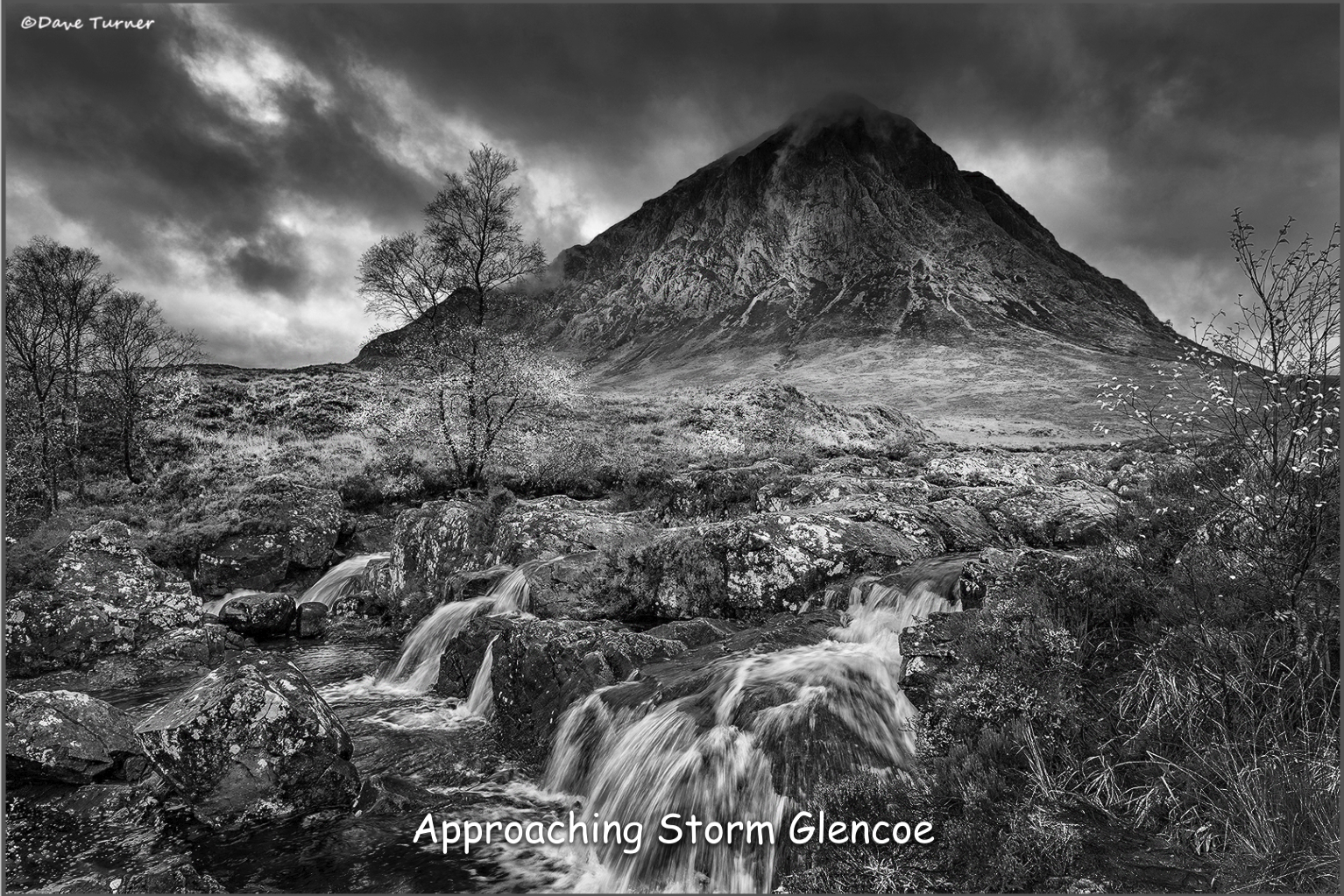
Last night members were treated to a showing of the LPA (Lincolnshire Photographic Association) Mono Group presentation. Three of our members, Dave Turner, Richard Hildred, and Chris Birchmore are members of the LPA Mono Group. Dave Turner excellently presented this showcase of the Mono Groups work, many of the images presented were stunning, and inspirational. A simple photo of a padlock on a gate took on a different dimension when presented in monochrome, and landscape photography becomes dramatic in monochrome, especially with a moody sky. It was a very interesting, and well attended evening. Thank you to Dave Turner for presenting, and Dave Mann for the refreshments.

Good Morning All Last week at the club we held a committee meeting, with all committee members in attendance. Harry will once again run the Christmas raffle on our buffet and quiz night, if any member wants to donate a prize, Harry can now accept them, obviously if it's a perishable prize then bringing it in on the night would be better. We are holding a 70th anniversary exhibition next year at the Louth Museum, if any member has local prints that they think may be suitable to put in the exhibition you can bring them to the club any time now. Derek has done a blog on the night with more information. This week, Wednesday 3rd December, we are viewing the LPA mono groups presentation, Dave Turner is a member of the group and will talk us through what the group do and if time allows show us some of his own mono prints. Don't forget to bring your prints along this week for the print competition, with the categories "People" and "Open", to be held the following week, email your titles to Dave Turner in advance please. Regards Graham
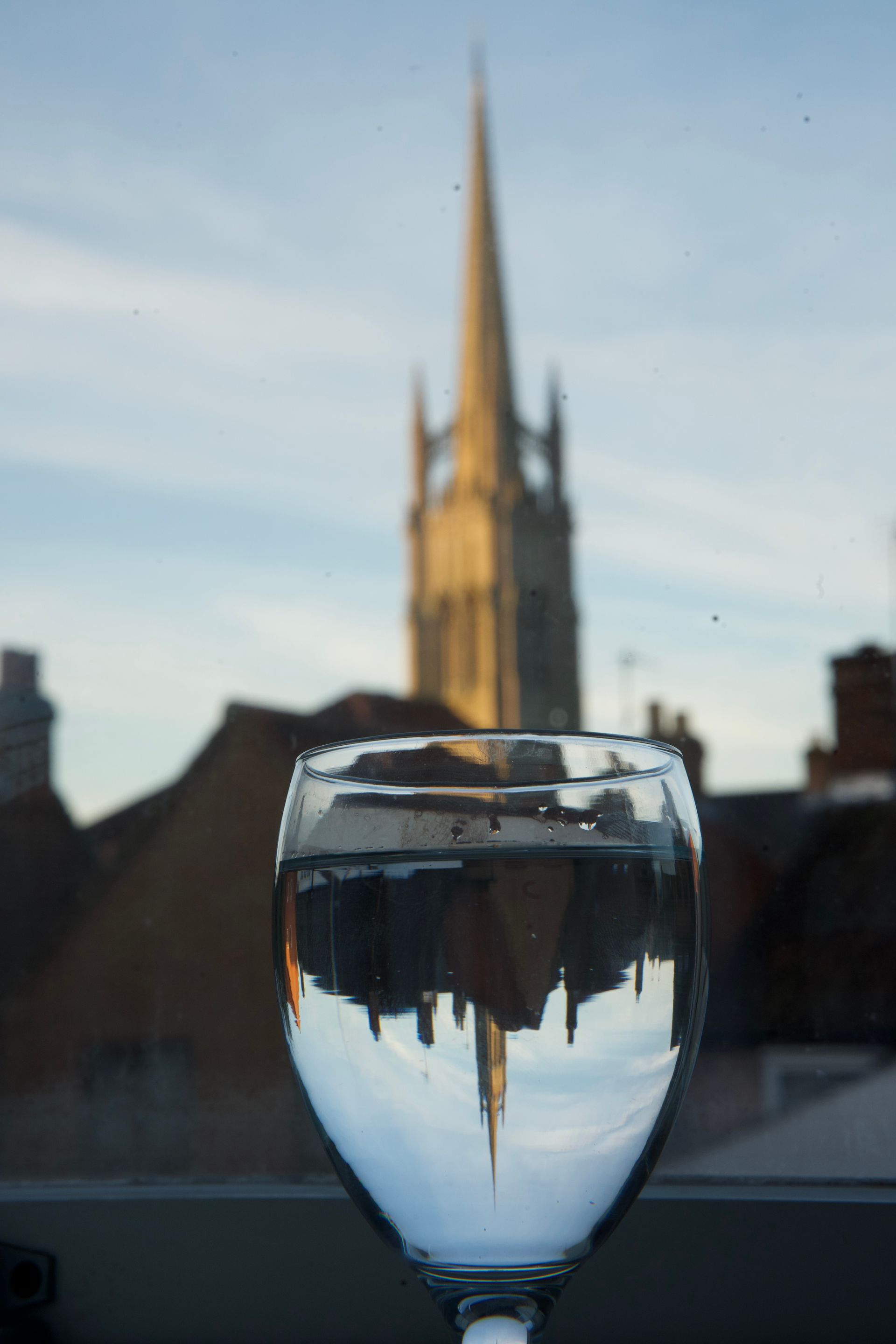
We held a Committee meeting last night in place of a regular meeting. The Committee meets twice a year to discuss items pertinent to effective, and smooth running of our Society. The Society celebrates 70 years of continuous operation next year, and we intend to show an exhibition of photographs taken over those years at the Louth Museum. The LPA Battles print competition will be held next year, and consists of 3 rounds held at photographic clubs throughout Lincolnshire, with a final round held at Nettleham. Louth has been drawn to meet with camera clubs in Grantham, and Axholme, and as you can understand this will entail a far amount of travelling. There is a proposal to the LPA which is currently under consideration which would reduce each club entry to 10 prints and for the whole competition to be held at Nettleham in 2027. Our current annual project is “Prime Time”, that is one photo for each month of the year taken with a fixed focal length lens, a prime lens, my choice for this year has been a 45mm lens, which is a full frame 90mm lens. Members show their annual project photos in the January of the following year. The Committee has decided on the project theme for next year as “Water”, which should give members a chance to demonstrate some creativity, as can be seen from the attached image. Our Christmas social event will be held on the 17th December, a buffet will be provided, there will be a quiz, and a raffle, the door entry charge will be £3 for the evening.

Good Morning All Last week at the club we held our PDI of the year, it was a well-attended event and thanks to Harry's organisation skills it all ran very well. Congratulations go to all the subject winners: Pictorial, Harry Kerman, Record, Dave Evans, Portrait, Derek Smith, Photojournalism, David Evans, Landscape, Dave Turner and Natural History, Graham Harrison. The overall winner was Harry Kerman. Well done Harry a great photograph of a White Cosmos. All the top three in each subject are on our website Competition page. Don't forget if you are entering the December print competition, with the categories of "People" and "Open" send your titles to Dave Turner please. The prints need bringing in a week on Wednesday. This week, Wednesday 26th November, we are holding a committee meeting, committee members only for this one please. For newer members we hold two committee meetings a year to organise events and the smooth running of the club. Regards Graham


